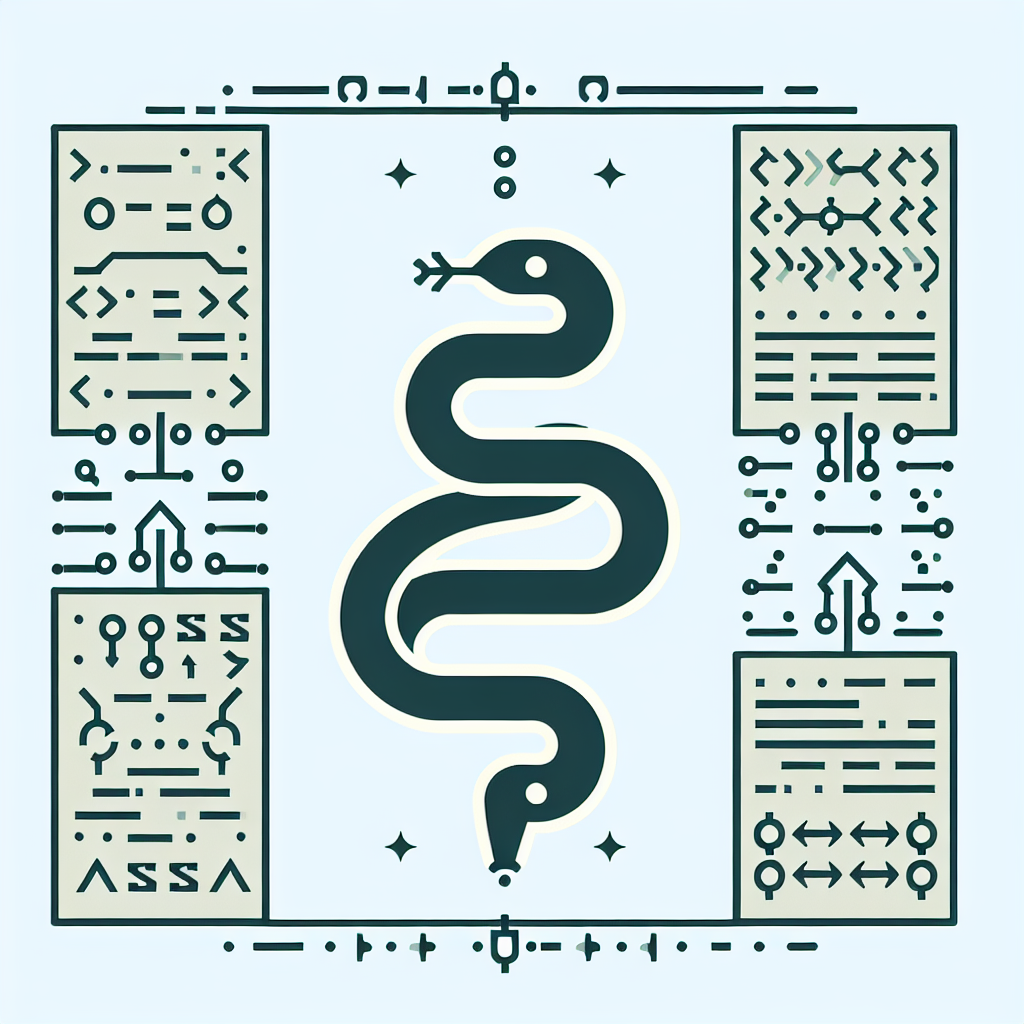Convert Assembly to Python Code: Fast & Easy Tool
Effortlessly convert assembly language to Python with our intuitive tool. Enhance code efficiency and streamline development. Try it now for seamless transitions!
Source Code
Converted Code
Output will appear here...
Transform your low-level code with our Assembly Language to Python converter. Effortlessly translate complex assembly instructions into high-level Python scripts, enhancing readability and maintainability. Ideal for developers seeking efficient code migration, cross-platform compatibility, and streamlined debugging processes.

Assembly Language to Python Conversion Tool Link to this section #
Converting assembly language to Python can be a challenging task due to the fundamental differences between low-level and high-level programming languages. Our 'Assembly Language to Python' tool streamlines this process, offering developers a seamless transition from assembly's intricate structure to Python's intuitive syntax.
Key Features: Link to this section #
- Automated Translation: Converts assembly instructions to Python code with minimal manual intervention.
- Syntax Recognition: Identifies and translates common assembly patterns into Python functions and constructs.
- Efficiency Analysis: Provides insights into the performance implications of the translated code.
Benefits: Link to this section #
- Time-Saving: Drastically reduces the time spent on manual code conversion and debugging.
- Enhanced Readability: Translates cryptic assembly syntax into clear and understandable Python code.
- Debugging Support: Integrates error-checking mechanisms to ensure accurate translation.
Example Code Snippet: Link to this section #
Assembly Code:
MOV AX, 1
ADD AX, 2
Python Equivalent:
AX = 1
AX += 2
How It Works: Link to this section #
- Input Assembly Code: Paste or upload your assembly code into the tool.
- Code Analysis: The tool parses the input, identifying key components such as registers, instructions, and operations.
- Python Output: Generates equivalent Python code, ready for integration into your projects.
Use Cases: Link to this section #
- Educational Purposes: Ideal for students and educators exploring the relationship between low and high-level languages.
- Legacy Code Modernization: Facilitates the migration of outdated assembly code to modern Python applications, enhancing maintainability.
For further learning, explore resources like Real Python for Python best practices and MIT OpenCourseWare for foundational programming concepts.
Experience the ease of transforming assembly to Python, and bridge the gap between intricate machine-level instructions and Python's elegant simplicity.
Frequently Asked Questions
Why would I want to convert assembly language code to Python?
Converting assembly language code to Python can simplify the development process by making the code more readable, maintainable, and portable. Python's high-level syntax allows for easier debugging and faster development, making it an attractive choice for optimizing or modernizing legacy assembly code.
What are the challenges in translating assembly language to Python?
Translating assembly language to Python can be challenging due to differences in abstraction levels. Assembly language is low-level, dealing with hardware-specific instructions, while Python is high-level, abstracting away hardware details. This requires understanding the functionality of the assembly code and mapping it appropriately to Python constructs. Additionally, performance optimizations in assembly may not translate directly to Python, which can affect the efficiency of the resulting code.
Are there tools available to automate the conversion from assembly language to Python?
There are limited automated tools specifically for converting assembly language to Python due to the complexity involved. However, tools like decompilers and disassemblers can help analyze assembly code, allowing developers to manually translate logic into Python. For certain architectures, emulators or simulators might aid in understanding the code's behavior, but a significant amount of human intervention is typically required for an accurate translation.